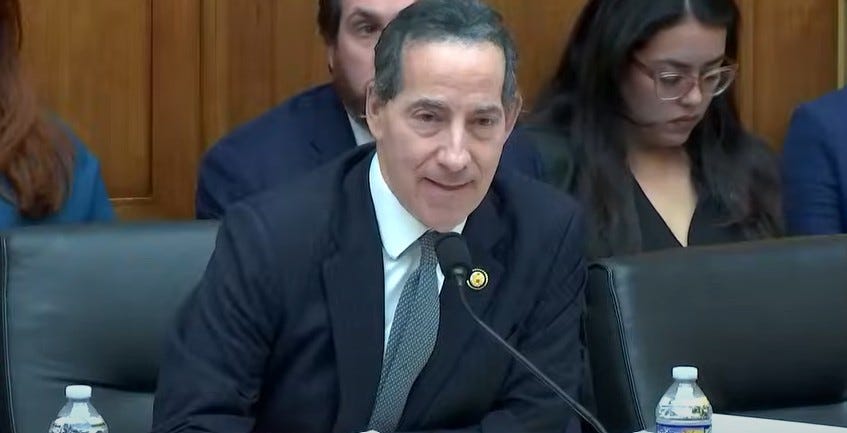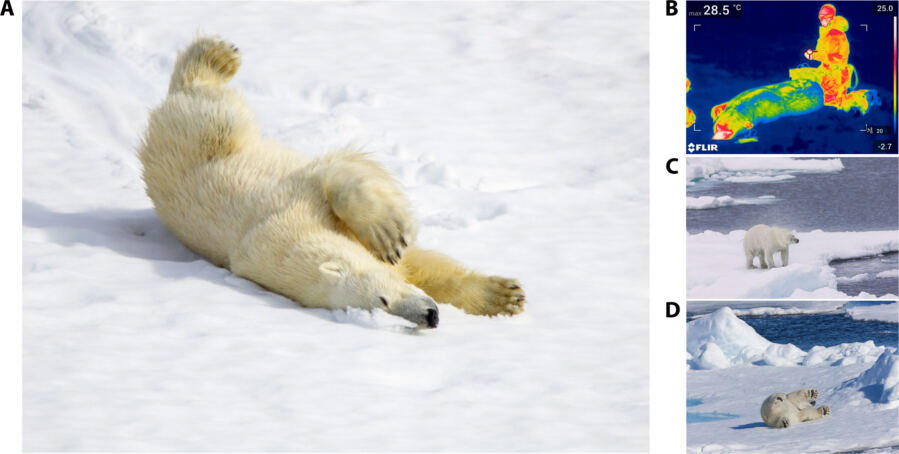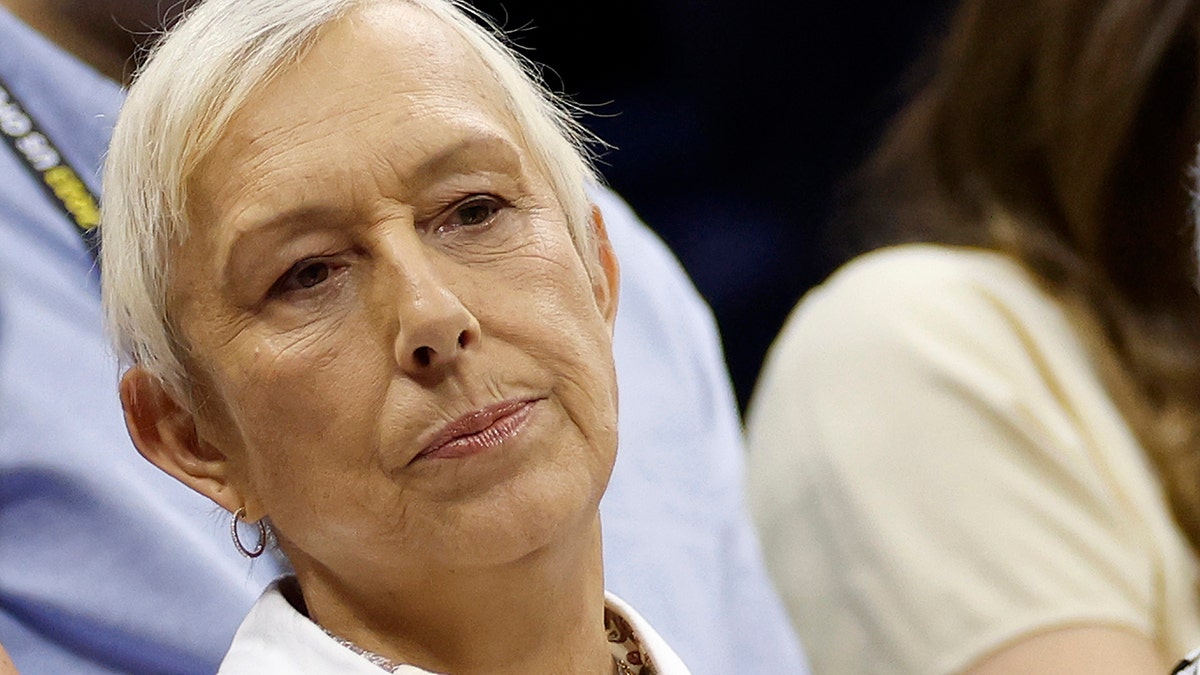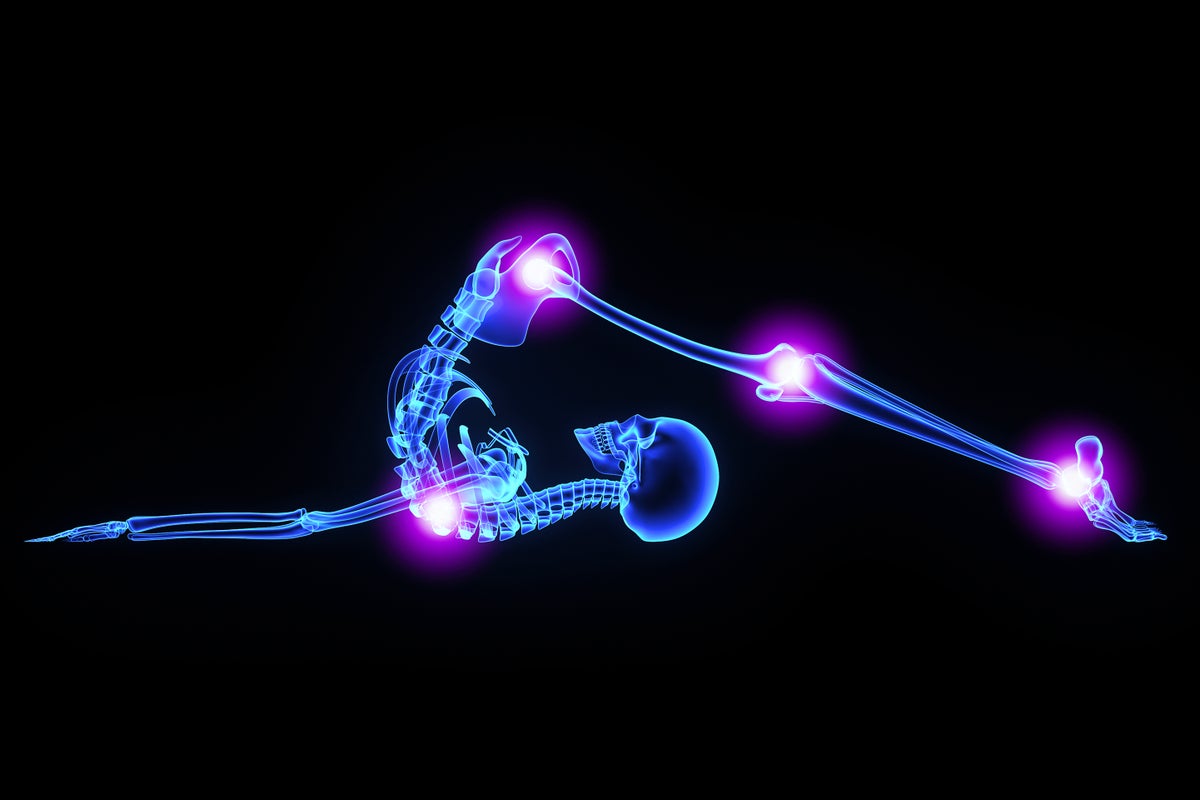
Cats often purr when they are being stroked
Impact Photography/Shutterstock
Scientists have struggled to understand how cats produce a low-pitched rumbling sound when they purr, but a new study sheds some light on the mystery.
The type of sound an animal makes is typically linked to the size of its vocal folds, says Christian Herbst at the University of Vienna in Austria. Vocal folds are two bands of smooth muscle tissue in the larynx, a hollow tube in the middle of the neck through which air passes to make sounds.
“Typically, the larger the animal, the longer the vocal folds and so the lower the frequency of sound created,” he says.
Domestic cats, which weigh just a few kilograms, have relatively short vocal folds, which they use to make high-frequency sounds such as meowing and screeching. But that doesn’t explain purring – a behaviour they share with some wild species such as cheetahs and lynxes, says Herbst.
Scientists have proposed that purring relies on muscle contractions in the larynx, so Herbst and his colleagues decided to test this hypothesis.
To do this, they cut out the larynxes of eight domestic cats that had been euthanised due to illness.
The researchers found that the larynxes made a purring sound when air was passed through them, meaning that muscle contraction isn’t required. Instead, the sounds were made possible by connective tissue embedded in the vocal folds that lowered the frequency of the sounds they produced.
These connective tissue structures had been discovered in cats before, but no one had linked them to purring, says Herbst.
However, the results don’t rule out the possibility that muscle contraction plays some role in augmenting purring sounds in living cats, says Herbst.
The reason cats purr is also still uncertain. In some cases, purring is thought to be a sign of contentment and encouragement for further interaction. It has also been suggested that purring can act as a soothing mechanism and promote healing after injury.
Article amended on 3 October 2023
We removed an incorrect statement about the connective tissue structures in the cat larynx.
Topics:
























































